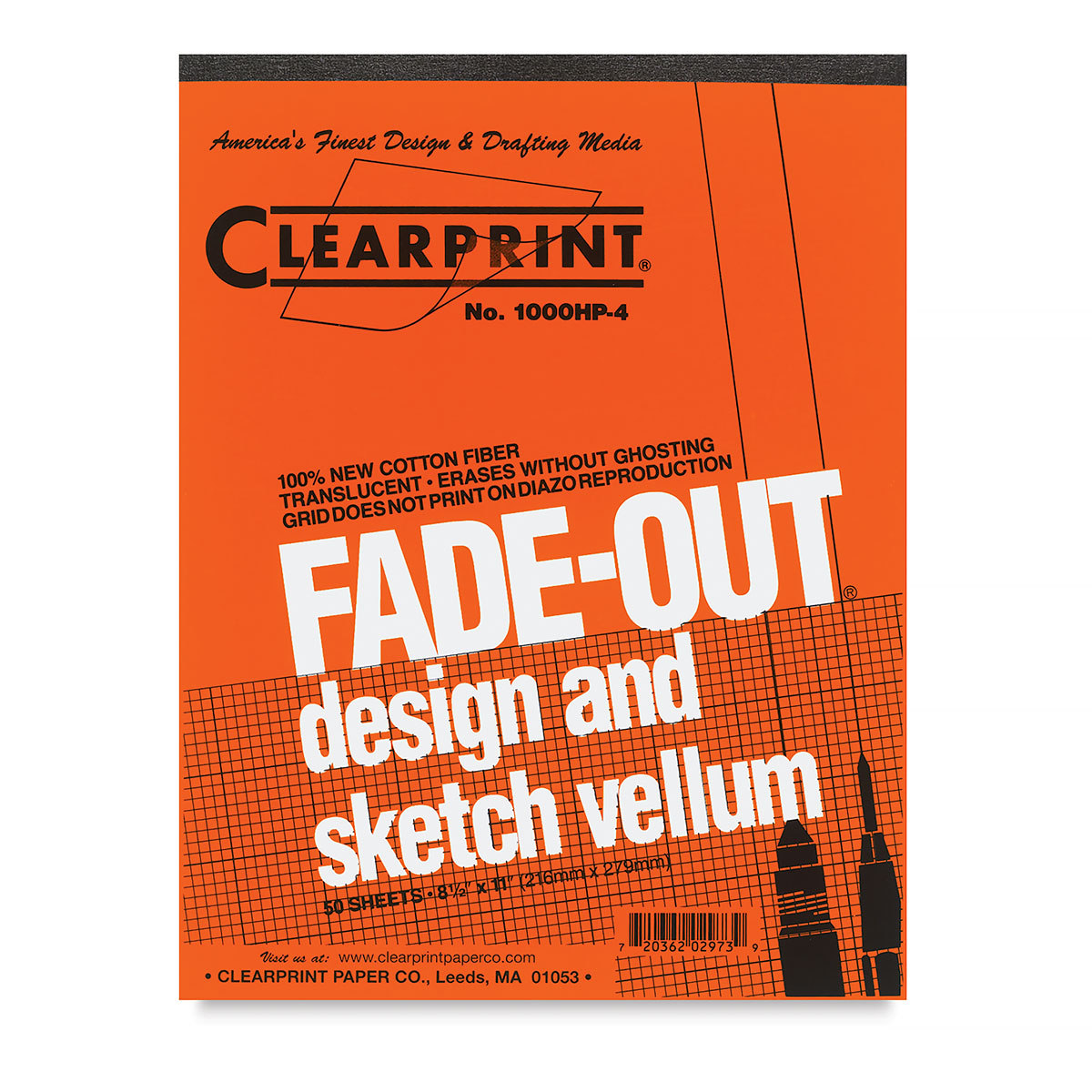




Where ink jet printers spray wet ink onto paper, laser printers use heat and a fusing unit to adhere dry toner to paper. Similar to changing paper types, changing paper weight settings may be very effective. Laser Tip: Try a Light Weight Paper Setting Switching it to something like photo paper or fine art paper may make a world of difference. This is not always best, especially for vellum which is anything but plain.
#Drafting vellum drivers
Most print drivers have a paper type or media type option, most of which default to plain paper. A tray that feeds paper as straight as possible is likely best. Some trays take paper on a roundabout path which may cause these issues. If you are having issues with jamming, paper feed or even smudging and smearing, try a different paper tray if possible. Just print it, lay it flat, and walk away. Yes, sometimes the fix for wet, smearing ink is as simple as patiently letting it dry. Inkjet Tip: Set it & Forget it (Let it Dry) The less ink you put onto your vellum, the less time it will take to dry. The fix? Try a different quality mode, such as draft or quick, which uses less ink. Because vellum has a non-porous, plastic-like finish, ink can take longer to dry on its surface, resulting in smearing during or after printing. One of the most common problems with inkjet printed vellum is ink smear. Inkjet Tip: Try Different Print Quality Modes for Faster Drying Time Once you are familiar with the ins and outs of your printer, you will know which settings to tweak and how, should you run into problems later. You might also find helpful information in your manual. Use, test and get to know your printer!įamiliarize yourself with the driver, the trays, accepted paper types and weights, print settings and so on. The best way to know how your printer will work with vellum is to first know how it works with other papers. Whether laser or inkjet, all printers are different. With these suggestions you should be printing vellum without trouble in no time. However, due to its non-porous surface and its light, delicate nature, printing vellum paper may be tricky.īelow, we offer some tips and tricks for printing these translucent, delicate sheets and for tackling common issues such as ink smudge and paper jams. Compatible with a wide range of fine art media.Vellum can be printed with an inkjet or laser printer. It will not become yellow, brittle, or opaque with age. Retains strength, stability, transparency, and printing qualities under exposure to heat, light, and atmosphere. Pencil and pen lines come out sharp and clean with no feathering edges and no ghosting. It features a smooth, transparent, and uniform surface. version of the legendary 1000H, Clearprint 1020 is a 100% cotton sheet that is made transparent without the use of solvents. Lines will not reproduce when used with traditional graphic arts cameras or copiers. Grid sizes are measured by number of boxes per inch. Clearprint Fade-Out Vellum retains all the qualities of the traditional 1000H cotton vellum while featuring non-repro blue grids in a wide range of gradations. vellum is the current industry standard and is available in both plain and Fade-Out sheets, pads, and rolls. 1000H can be used with a myriad of fine art materials as well as with traditional drafting tools and most inkjet printers. Made of 100% new cotton fiber, this media is transparentized without solvents to produce the proper translucency as well as legendary Clearprint archival quality, strength, erasability and redraw characteristics. Clearprint 1000H Vellum is the most popular vellum on the market.


 0 kommentar(er)
0 kommentar(er)
